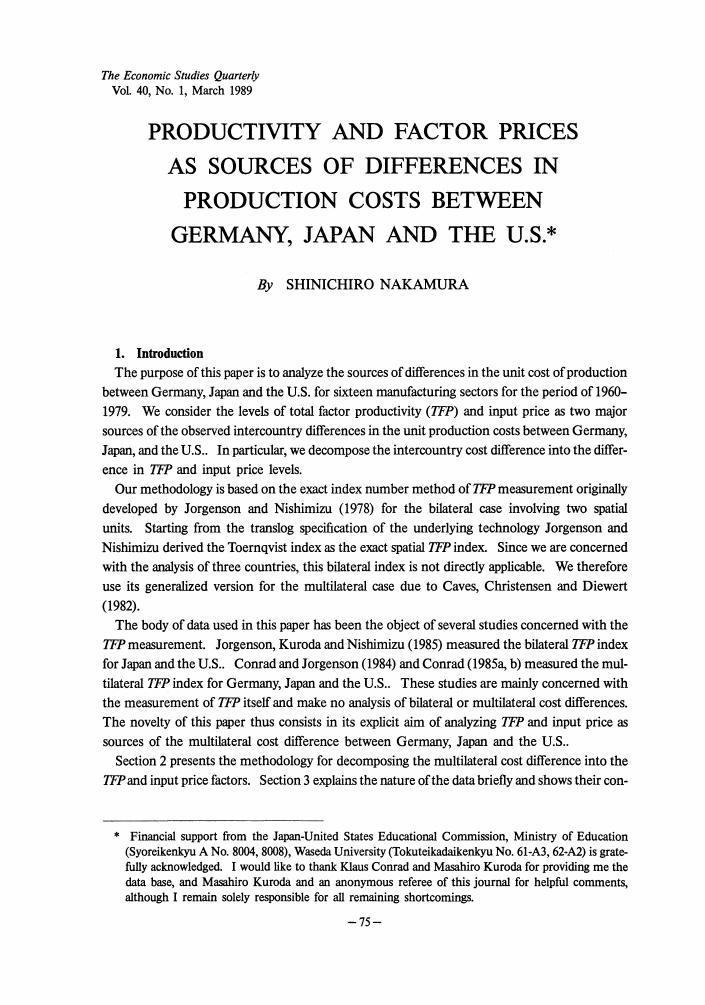- 著者
- Tsuyoshi Takano Hiroyoshi Morita Piamsa-nga Napaporn Varameth Vichiensan Shinichiro Nakamura
- 出版者
- Japan Society of Hydrology and Water Resources (JSHWR) / Japanese Association of Groundwater Hydrology (JAGH) / Japanese Association of Hydrological Sciences (JAHS) / Japanese Society of Physical Hydrology (JSPH)
- 雑誌
- Hydrological Research Letters (ISSN:18823416)
- 巻号頁・発行日
- vol.17, no.4, pp.85-91, 2023 (Released:2023-12-08)
- 参考文献数
- 21
In Asian megacities undergoing rapid urbanization such as Bangkok, heavy rainfall exacerbates traffic congestion owing to inadequate drainage systems. This study statistically analyzed the extent to which rainfall affects urban traffic speed and how this impact varies depending on regional environmental factors and traffic demand trends, utilizing probe vehicles and rainfall data from 2018 to 2020 in Bangkok. The results clearly indicate that both the intensity of rainfall during driving and previous cumulative rainfall significantly reduce traffic speed. This impact is particularly pronounced during morning and evening rush hours, and in areas with a high proportion of narrow roads or in low-lying areas. On the other hand, areas with rich urban green space, which naturally absorb and retain water, tend to mitigate the speed reduction due to rainfall. This study highlights the fact that the impact of rainfall on traffic varies with time and location, suggesting that the exacerbation of rain-induced congestion can be more effectively mitigated by coordinated improvements in drainage facilities, traffic management and land use.
- 著者
- Chamal Perera Shinichiro Nakamura
- 出版者
- Japan Society of Hydrology and Water Resources (JSHWR) / Japanese Association of Groundwater Hydrology (JAGH) / Japanese Association of Hydrological Sciences (JAHS) / Japanese Society of Physical Hydrology (JSPH)
- 雑誌
- Hydrological Research Letters (ISSN:18823416)
- 巻号頁・発行日
- vol.16, no.2, pp.40-46, 2022 (Released:2022-04-07)
- 参考文献数
- 23
- 被引用文献数
- 3
Identifying the complex patterns of human-flood interactions over longer periods of time is very important in floodplain management activities. The recently introduced socio-hydrology (SH) model contributes to capture these long-term behaviors of human-flood systems. This model can be utilized to explain the long-term dynamics of human-water interaction in floodplains. The current SH model exclusively illustrates the impact of river floods on floodplain communities. However, in some river basins, urban floods (due to high intensity rainfall) are dominant, whereas in other river basins, both river floods and urban floods influence the dynamics of the system. It is often difficult to distinguish the type of flood from actual local disaster data sets. In this study, we proposed an improvement to the existing SH model to capture the dynamics of both river floods and urban floods based on a case study from the Lower Kelani Basin, Sri Lanka, using simulated historical flood damages. The improved model was applied to capture flood damages in the target watershed, and the results further emphasize the importance of flood risk perception in flood damage reduction.
1 0 0 0 OA Socio-hydrological modeling and its issues in Japan: a case study in Naganuma District, Nagano City
- 著者
- Naoya Shibata Fuko Nakai Kensuke Otsuyama Shinichiro Nakamura
- 出版者
- Japan Society of Hydrology and Water Resources (JSHWR) / Japanese Association of Groundwater Hydrology (JAGH) / Japanese Association of Hydrological Sciences (JAHS) / Japanese Society of Physical Hydrology (JSPH)
- 雑誌
- Hydrological Research Letters (ISSN:18823416)
- 巻号頁・発行日
- vol.16, no.1, pp.32-39, 2022 (Released:2022-04-01)
- 参考文献数
- 38
- 被引用文献数
- 3
The Asian monsoon and Japan’s steep terrain structure make it a flood-prone country. These natural, flood-prone features have prompted Japan to develop unique social norms for flood risk management. Over the last decade, human-flood interaction models have been developed in socio-hydrology (SH), being applied and validated in various countries. This study applied the SH model for the Naganuma District of Nagano City, Japan, an area that was affected by Typhoon Hagibis in 2019. Additionally, the SH model was examined for its applicability in Japan using sensitivity analysis. To the best of our knowledge, this is the first study to apply the SH model in a real-life scenario in Japan. The results suggest that there are differences between the output from the existing SH model and the actual human-flood interactions in Japanese society. This paper also provides recommendations to improve the Japanese SH model and inform associated future research agendas in Japan.
1 0 0 0 OA EXPLAINING JAPAN AND U.S. TFP DIFFERENCE
- 著者
- SHINICHIRO NAKAMURA
- 出版者
- JAPANESE ECONOMIC ASSOCIATION
- 雑誌
- The Economic Studies Quarterly (ISSN:0557109X)
- 巻号頁・発行日
- vol.43, no.4, pp.326-336, 1992-12-18 (Released:2007-10-19)
- 参考文献数
- 13
- 著者
- MICHAEL DENNY MELVYN FUSS LEONARD WAVERMAN JEFFREY BERNSTEIN SHINICHIRO NAKAMURA
- 出版者
- JAPANESE ECONOMIC ASSOCIATION
- 雑誌
- The Economic Studies Quarterly (ISSN:0557109X)
- 巻号頁・発行日
- vol.43, no.4, pp.351-360, 1992-12-18 (Released:2007-10-19)
- 参考文献数
- 11
- 著者
- SHINICHIRO NAKAMURA
- 出版者
- JAPANESE ECONOMIC ASSOCIATION
- 雑誌
- The Economic Studies Quarterly (ISSN:0557109X)
- 巻号頁・発行日
- vol.40, no.1, pp.75-89, 1989-03-20 (Released:2007-10-19)
- 参考文献数
- 13


